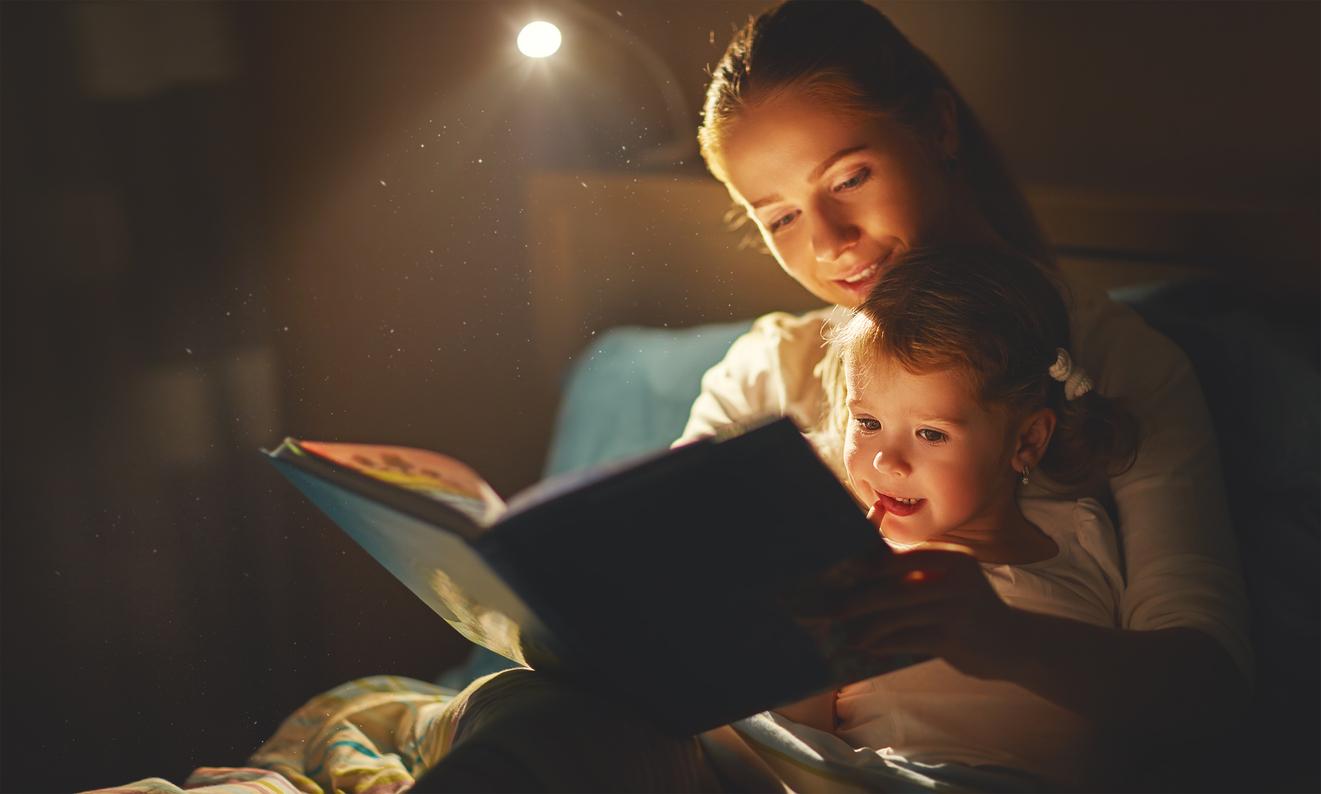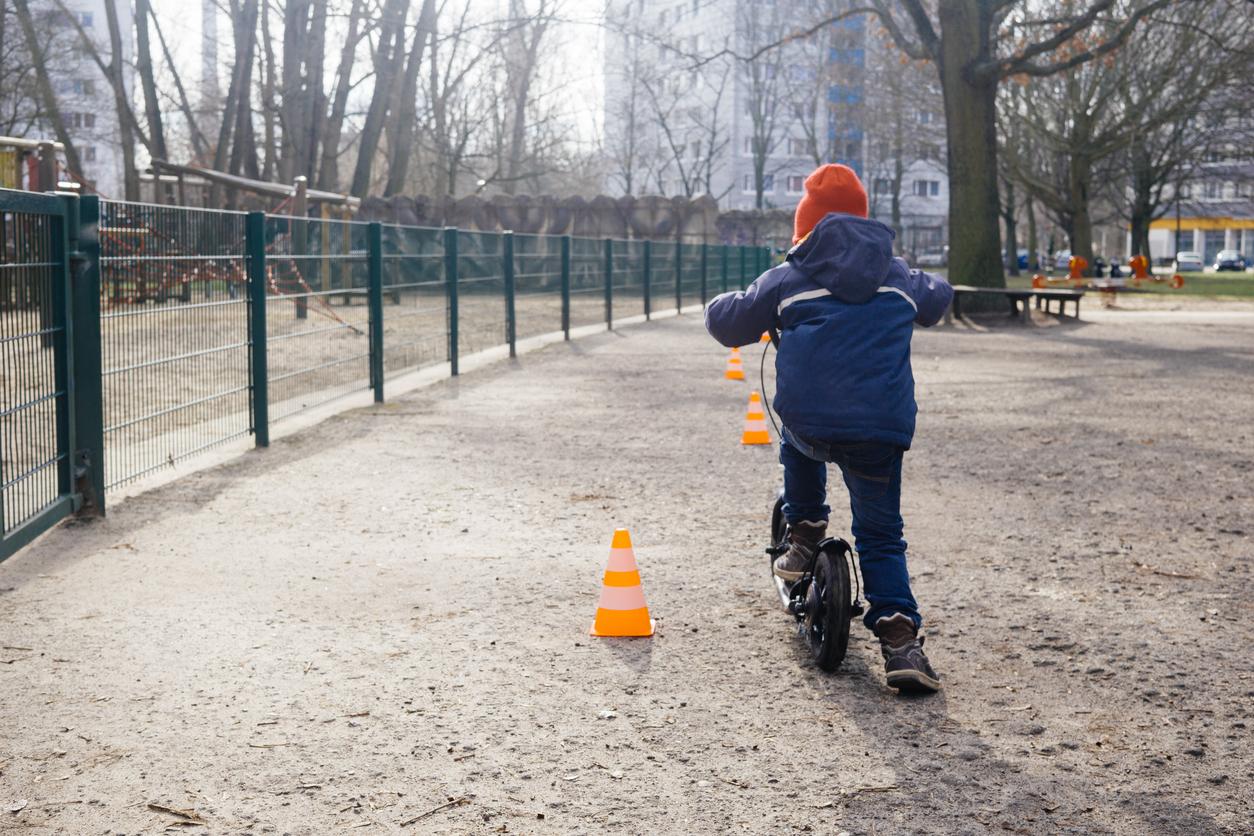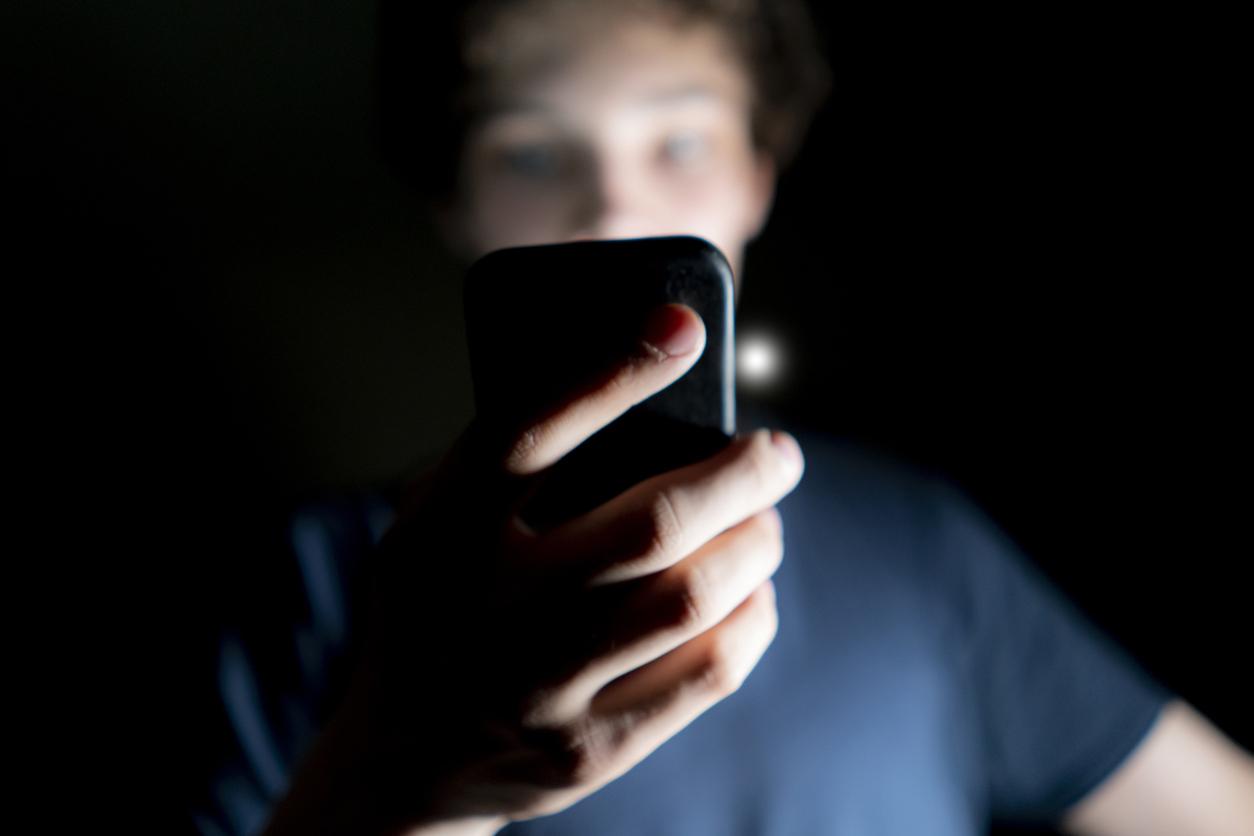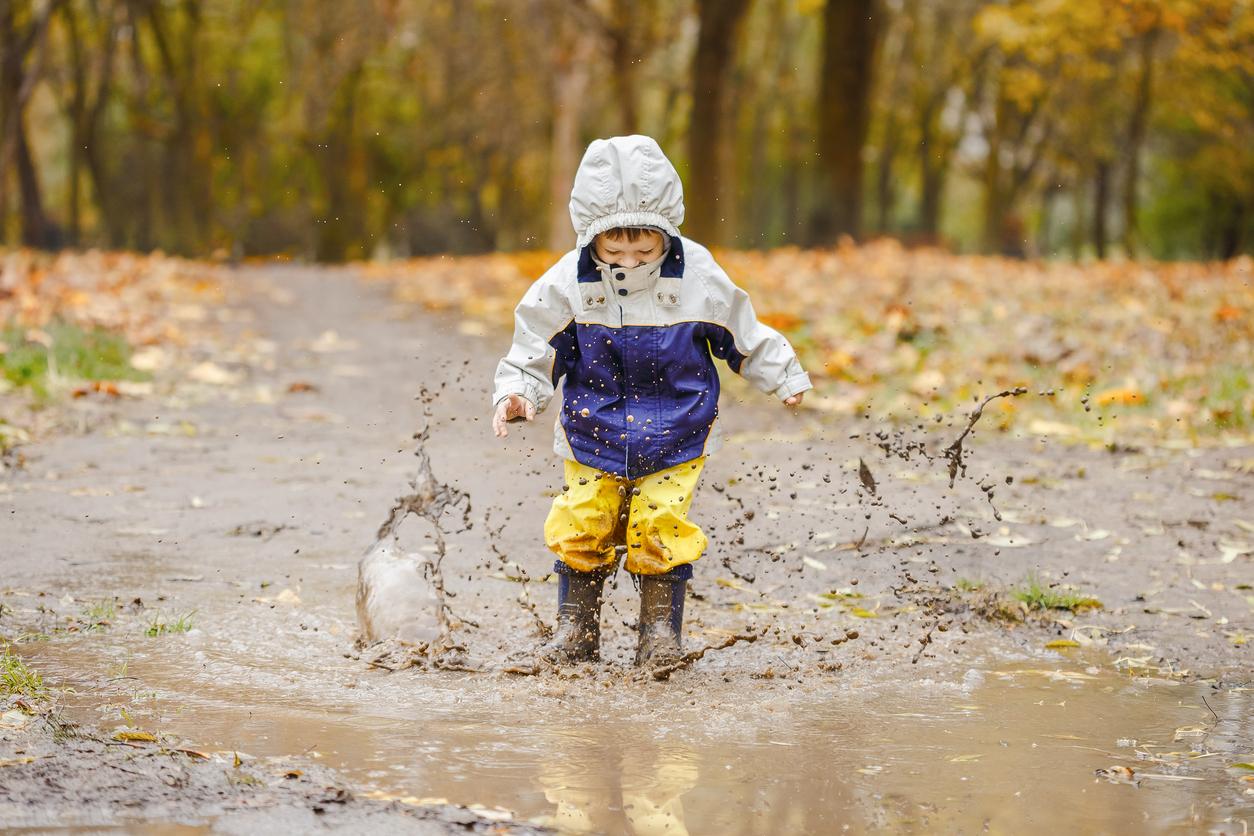Over the past decade, a growing number of studies have pointed to the link between lack of exposure to daylight and the development of myopia in children. Daylight is indeed essential for the production of dopamine, a neurotransmitter known for its positive effects on mood but which is also necessary for the proper functioning of the retina.
However, during the first confinement, the children who had neither access to a garden nor to the smallest piece of terrace, suffered from a lack of exposure to daylight. This is probably what explains why after 4 month of confinement from February to May 2020, the proportion of myopic children at 6 years has more than tripled, in China, according to the results of a study published in the journal JAMA Ophthalmology.
When Chinese schools reopened in June 2020, researchers performed eye tests on children aged 6 to 13 at 10 elementary schools in Feicheng, China. Over 120,000 children participated in the study. The results were compared with those from previous years and the researchers found that thehe prevalence of myopia in children increased by 10 to 15% in 2020 compared to 2019. “In 2019, only 5.7% of six-year-olds in the study were nearsighted, but in 2020, one in five six-year-olds suffered from myopia, “they explain.
Half of the world’s myopic population in 2050
According to American Society of Ophthalmology who has studied the evolution of myopia in the population since the 2000s and made projections for the next 30 years, half of the world population could be nearsighted in 2050. The American ophthalmos plead for the implementation of strategies prevention worldwide to control the progression of myopia, including the initiation of a regular eye examination in children but also in adults. According to these scientists, due to the lack of exposure to daylight, myopia could become the number one cause of permanent blindness worldwide.
Sources:
- Progression of myopia in school-aged children after COVID-19 home confinement, January 14, 2021, Jama ophtalmology
- Global Prevalence of Myopia and High Myopia and Temporal Trends from 2000 through 2050, February 2016, American academy of ophthalmology
Read also :
- What eye color says about your health
- How do I know if my child has a vision problem?
- 6 foods for good eyesight
- Which glasses to choose to slow the progression of myopia?















